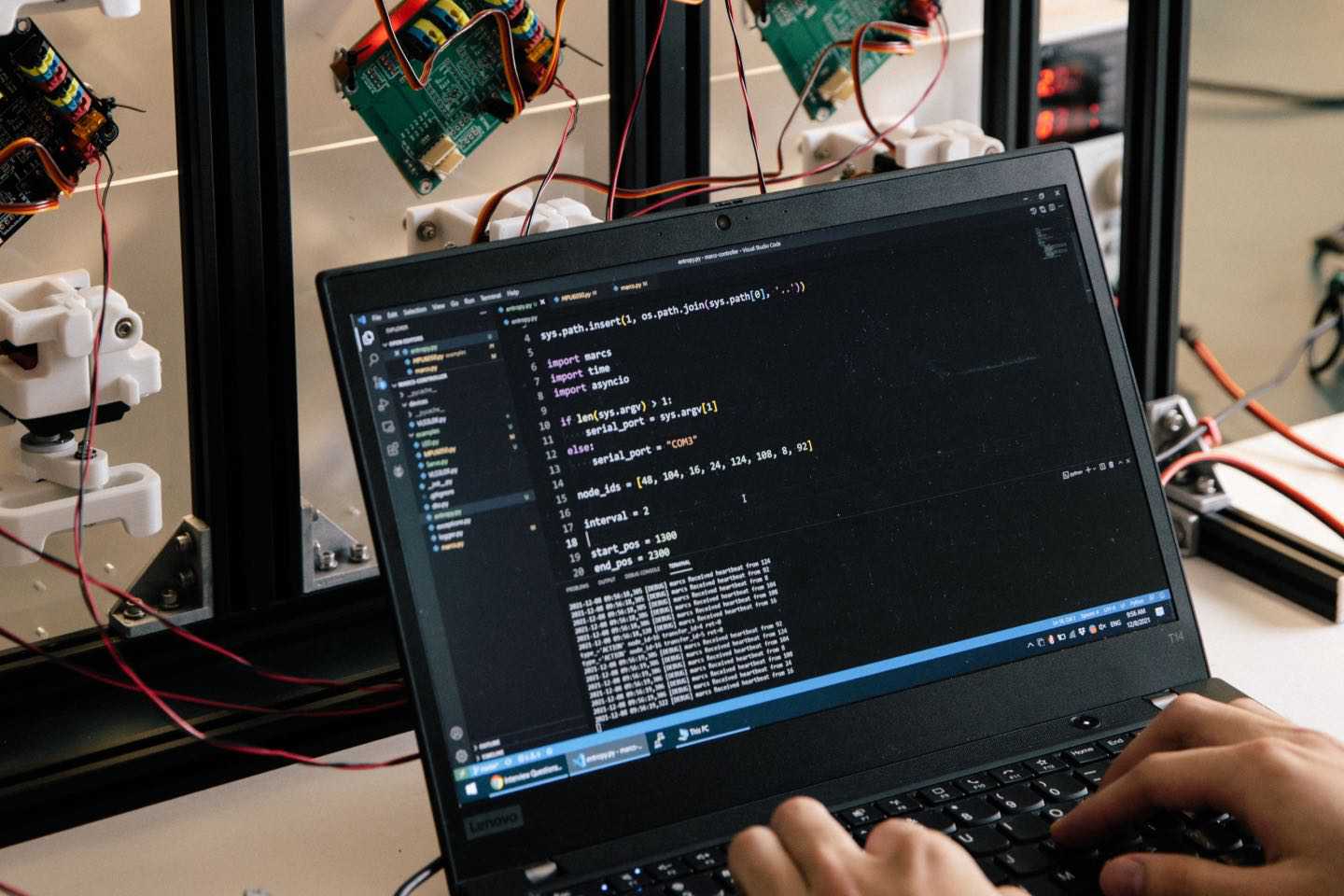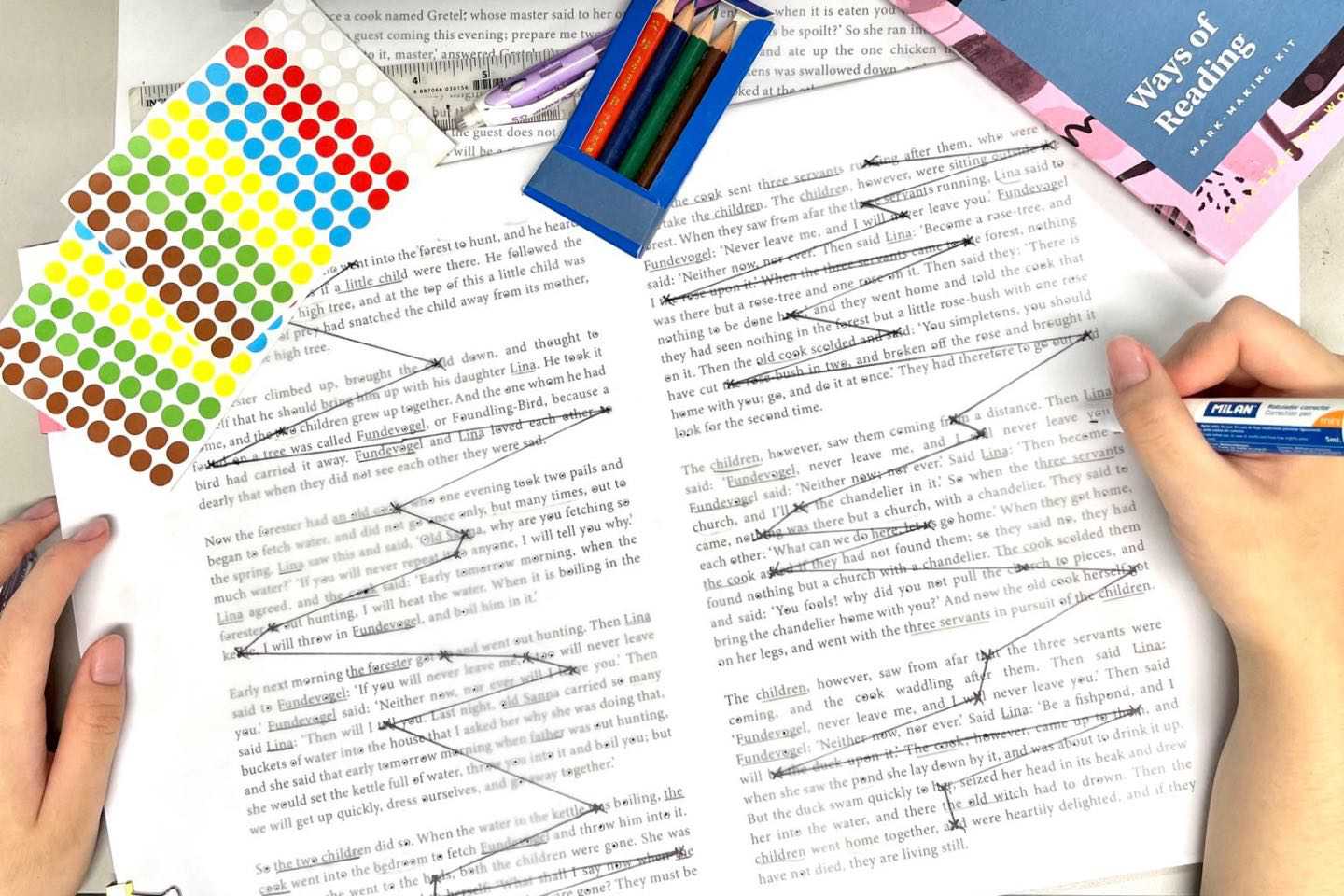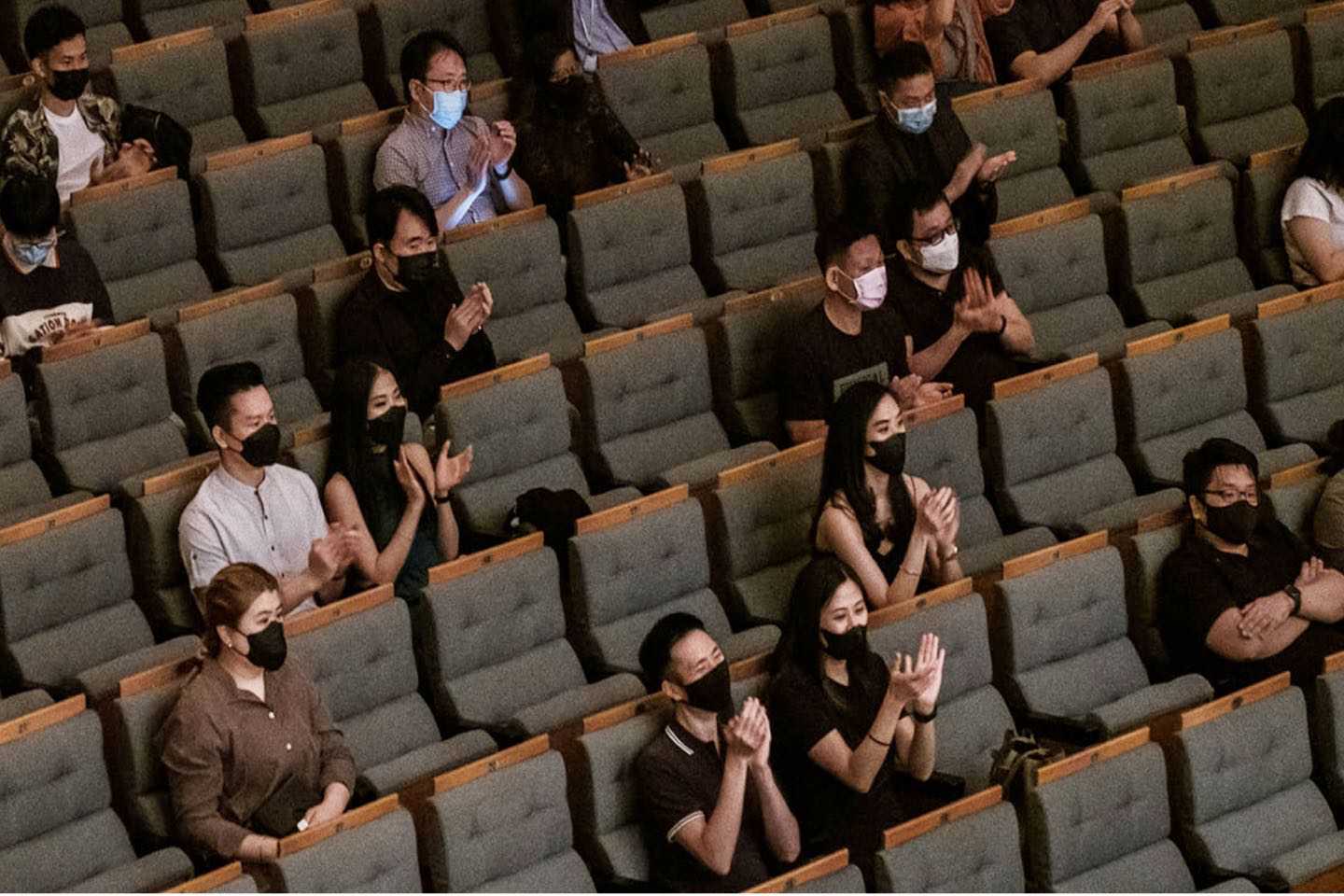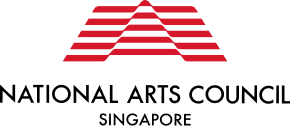Government officials will NEVER ask you to transfer money or disclose bank log-in details over a phone call. Call the 24/7 ScamShield Helpline at 1799 or visit scamshield.gov.sg if you are unsure if something is a scam.
TRANSFORMATION TOP TIPS
.jpg?sfvrsn=b569c602_2)
Here are 5 top tips to guide your transformation journey:
Often in transformation, people tend to skip over the crucial step of problem-framing as they want to jump straight into the ‘doing’. The danger is that the problem description might not be the actual problem that needs to be solved. Don’t rush through this step – many Organisation Transformation Grant (OTG) project teams had help in the early stages from consultants to sharpen their problem-framing.
These are some common mistakes in problem-framing:
- Challenge statement is too narrowly framed, and misses the connection with other factors contributing to the problem.
- Problem-description already presupposes a solution (e.g. “We need to save costs through shared services.”)
- Challenge statement describes the symptoms, not the actual cause (e.g. “How do we get more people to visit our gallery?”)
Here are some questions to stress-test your problem statement:
- What assumptions are you making (e.g “if we build it they will come”)?
- How would your stakeholders (Board, donors, trusted collaborators) describe this problem (seeing things from an external perspective)?
- Is your problem statement too vague? Ask 5 HOWs. Example: “we need new revenue sources. How? By having some digital programmes. How?..”
- Does your problem statement sound too narrow or tight? Ask 5 WHYs. Example: “we need all our audience data in one place. Why? So that we can have a complete overview of our audience. Why?..”
Having clarity on the nature and extent of the challenge you are trying to solve sets the foundation for you to develop clear goals in the next stage.
Step back from the problem-talk and look at the bigger picture. Transformation is about the fundamental questions of long term sustainability, strategy and growth. Before you start making any plans, first reflect upon these questions:
- What is our Unique Value Proposition as a company? What differentiates us from everybody else? What is our core Purpose and Values that guide us?
- How do we see ourselves growing in the next 5 to 10 years?
- What is the right mix in our portfolio of products (including digital)? How do all our products and services connect with one another?
- What do our target markets want as a great user experience?
This reflection is a great exercise to undertake as a team. Do not hesitate either to reach out to donors, loyal fans, trusted collaborators - an external perspective can be very helpful here. Gather as much hard data from your previous events or audience surveys as you can.
Doing this reflection exercise will help you avoid some of the typical mistakes in transformation journeys in general - where the solutions developed are too linear, or it is assumed that there is a silver bullet, whereas typically a range of different interventions are required.
Similarly, many OTG project teams also had help from consultants to identify their value proposition and long term strategy. We also saw that companies that focused on their Core Purpose had a greater motivation to transform in order to deliver that Purpose - whether through new products or revenue streams, improving efficiency or reaching more audiences.
An example is Bubbly Books, a publisher that created an online platform, to make self-publishing accessible for aspiring authors. The most important part of the transformation is nested in the hidden back-end system: an automated, transparent and clear system of paying out royalties to authors and artists. Said founder Eliza Teoh of her Core Purpose: “I am an author first, and will always fight for authors and artists, for them to be paid fairly, for them to keep their intellectual property.”
Without the early alignment of your key stakeholders, you might run into implementation barriers at a later stage. Before you start making plans, it could be useful to list down as many stakeholders as you can think of, by categories (e.g. Board, donors, staff, vendors, collaborators, audience) and even down to specific names. Then list their motivations and potential barriers, and how they can contribute to your transformation plan.
Make sure you do these 2 things to effectively engage your stakeholders:
Ambition in Your Vision. An ambitious vision helps to inspire and excite stakeholders. It is one where people can see themselves sharing part of your future, and would go the extra mile to help you succeed. Co:Creation Workshop found that thanks to its strong social mission, “A lot of people felt connected to our vision and the goals of the project became a stronger draw than the remuneration.” It was touched that artists were generous with their time and sharing of their practices. The Props Collective had a strong vision of sustainable prop-making and recycling, shared by many other similar stakeholders in the theatre and film industry.
Here are some questions to reflect on when articulating your Vision:
- Why do you believe addressing this Challenge is important?
- What is your personal conviction on what needs to be done?
- What is a story of a person who will be impacted by this?
- Who might be alienated by this? How can we make it “and” instead of “either or”
Feedback, feedback, feedback. SISTIC had been having years of discussions with their arts and culture clients on their marketing pain points, which gave them a good idea of user requirements. Orchestra of the Music Makers conducted surveys and fly-on-the-wall observations of user behaviours in workflows before designing a bespoke volunteer management system. When The Theatre Practice set out to create a prototype of a new integrated hardware and software system (XIMI) for livestream digital performances, it tested the prototype with 6 collaborators from Singapore, Taiwan and Germany to understand the system’s applicability in different project settings with different performance needs.
An unexpected outcome of the COVID-19 crisis is that it has drawn many arts organisations closer together. From hearing each other, the arts community realised that they shared many common challenges and there was much to learn from one another, even if they were from different arts disciplines. Many banded together to provide support for another, shared information and learning points, co-created solutions for projects, and explored collaborations. “I felt we were not alone in trying to survive the crisis,” said William from Singapore Book Council, “ This collaboration and journey with the partnering companies sustained my team and I.” Meilin from SISTIC echoed, “There was a sense of camaraderie, of ‘we’re in this together’.”
Dream big, but start small and fail fast. Don’t boil the ocean. In many examples of technology implementation, they tested the systems on just one part of the workflow. This allowed teams to trouble-shoot quickly, stress-test their assumptions and streamline the integration process, in preparation to onboard more users. A collective of 5 arts companies tested a new donor management system on the annual reporting process for charities. Orchestra of the Music Makers built a modular bespoke orchestra management system with 3 initial features.
Before ARUDIO launched its ceramics e-learning platform with 21 online courses, it tested the market with small video clips and sample tutorial videos on their Instagram first, thus giving them the confidence to expand into full-fledged online courses.
OTG project teams also advised not to waste too much at the start planning the entire project from A-Z, but rather ‘just jump in and do’. “The nature of a transformation is that one can never foresee how it would go,” remarked Samantha from Co:Creation Workshop.
Instead, identify between 3-5 key SMART goals - Specific, Measurable, Achievable (or Ambitious if you want!), Realistic, Time-Bound.
A common mistake in many transformation journeys is that people spend most of their time on designing the solutions, but not the structures and systems needed to sustain impact over time. For instance, you might design a website but not think about in-house capabilities to sustain it, how to get high-quality digital content, or your process to update and refresh the website.
Instead, think of your organisation as a living system where all the parts are connected. SRIWANA, one of the oldest surviving Malay performing arts groups in Singapore, has found it challenging to keep up with the digital trends and maintain constant social media presence. When it went on a transformation journey to be self-reliant in producing quality digital content, it ensured that it covered holistically the areas of technology (technical equipment), physical infrastructure (studio set-up) and team skills (staff training in video production and editing).
A useful rule of thumb is to ask yourself whether you have identified solutions across these 4 pillars - Product, System (eg. technology), Process and People. Explore the case studies and see how each project has connected solutions in multiple pillars.
Transformation is a learning process.
It is not useful to think of transformation in binary terms – succeed or fail, win or lose. Transformation can never even be ever fully completed. It is a journey of a series of small steps at each time, but when added up can bring you to a dramatically different vista. Use this KBI list (Key Behavioural Indicators) to track your progress – how many behaviours does your organisation or team display today? How can you practise these behaviours more? The right KBIs will help you deliver the KPIs (Key Performance Indicators).
Remember that the purpose of transformation is for an arts company to better deliver its Core Purpose, and to be able to touch more people with your art.
INSPIRING STORIES
Get ideas from these selected OTG projects to kick start your own journey.




Key Behavioral Indicators (KBIs)
EVERY WEEK
Discuss these 3 QUESTIONS with your team
- “What did we do?”
- “What did we learn?”
- “What should we do next?”
EVERY FORTNIGHT
Discuss these 3 ACTIVITES with your team
- Speak to 1 end-user
- Ask 1 stakeholder: “How do you view this problem? What will you do if you were me?”
- Implement 1 small experiment/ improvement, and test.
EVERY MONTH
Discuss these 3 ACTIVITES with your team
- Update your teams: “This is how our understanding of the problem is evolving. These are our next explorations.”
- Hold a user-testing session, together with at least 2 stakeholders.
- Talk to your team about your joint vision.


